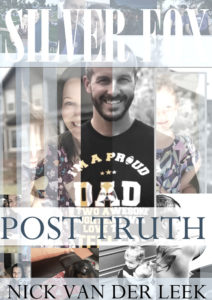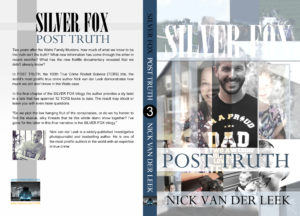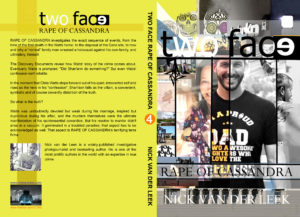Whether or not you believe Amanda Knox is innocent, her case raises a few difficult questions. How ought the police and interrogators to treat suspects?
As we saw in the Chris Watts case, Coder and Lee adapted their style to fit in with his. They spoke his language, came down to his level, and sat with him for hours while valuable evidence dissolved in a tank and decayed in the ground. It suited Watts that the interrogation lasted a long time and went nowhere. But it also suited the cops that they had someone in the cubicle, talking casually and openly, while a big team were out in the field gathering intel. This included knowledge about Kessinger, and confirmation that Watts had been cheating on his wife and brazenly lying to Coder, even trying to beat a polygraph test.
If the Watts case went to trial, it’s possible, even plausible, that an expert defense lawyer could have argued – successfully – that he confessed not only under duress, but under false pretenses.

We know the scenario that Shan’ann killed the girls wasn’t something that happened, it wasn’t what Watts believed, it wasn’t even what the FBI or CBI believed. It was just a ploy to let him off the hook so he could give them some intel they could use. That part worked.
In a scenario of a disappearance, where time is also of the essence, this sort of skulduggery is likely necessary. The cops didn’t know they were dealing with a triple homicide until Watts let on that all three – Shan’ann, Bella and Celeste – were dead.

It’s also part of the stock and trade of criminal cases that the folks involved are thieves, murderers and liars. They’re habitual deceivers. Are interrogators really expected to be completely honest and completely straightforward when criminals never are?
These ploys may work in the interrogation room but what happens in a criminal case?
The Jodi Arias case is an example of how aggressive a prosecutor felt he needed to be in court trying to extract information from a a slippery slimebag on the stand.
In the clip below, Amanda Knox and Jens Soering seem to be making the case that as young people they should have been interrogated by young people. Or one on one. Or not for hours at a time. Imagine if we applied these guidelines to police interrogations everywhere, everyday.
How should a suspect be interrogated? For one hour at a time, or two? Is three hours in one day too much? If the police feel they have grounds, why shouldn’t they interrogate for hours until the suspect cracks?
We saw with Watts he wasn’t deprived of food or water, in fact bottles of water are seen in the room throughout. He was Mirandized, and though the idea of legal representation came up, he clearly elected not to speak with a lawyer. Had he been questioned more aggressively, would he have exercised that option? Had he been questioned less aggressively, or over a greater length of time, would he have exercised that option?

The danger in being too soft – in interrogations – is precisely that the suspect has the opportunity to buy time, fine-tune their story and find out what the cops know, and don’t know.
In true crime, time is always against the investigators while favoring the criminal. The criminal is carefully, deceptively, duplicitously play acting…the nonchalance is invariably an act to hide the fact of who’s really holding all the cards and guarding all the exits. It may feel the other way round, it may look the other way round, but it’s not.
Unless the suspect is innocent.
https://www.instagram.com/amamaknox/p/BynEpiijtS7/
Court allows Amanda Knox to sue Italy for trial ‘abuses’
European court orders Italy to pay Amanda Knox damages
Amanda Knox’s parents sued by Italian police over abuse claims











Recent Comments